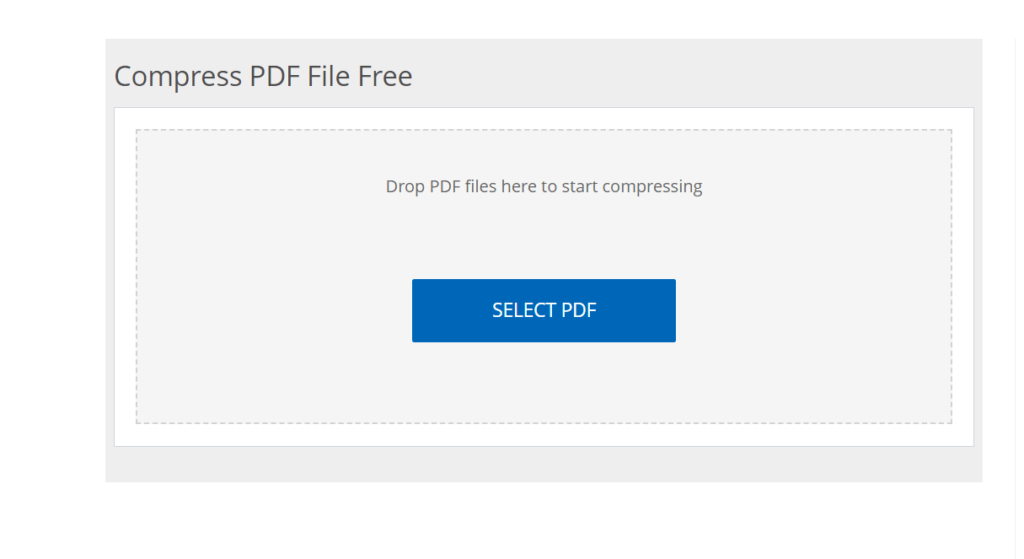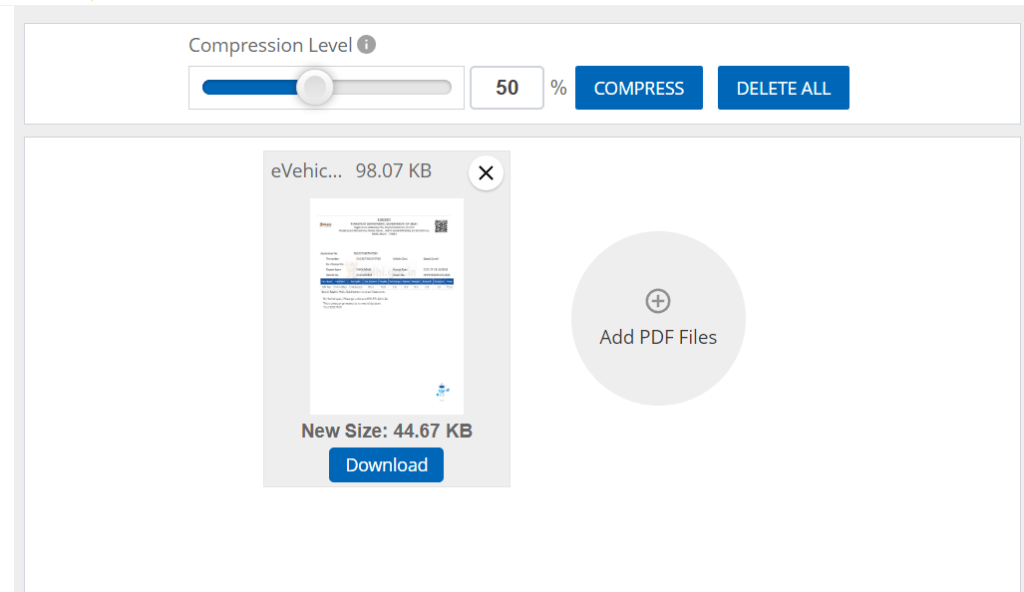Mastering the Art: How to Compress PDF to 50KB
In our fast-paced digital world, efficient document sharing is crucial. Whether you’re sending resumes, sharing project summaries, or attaching invoices, file size can become an obstacle. Have you ever struggled with a PDF document that, despite its importance, was too large to share easily? In this article, we’ll unravel the techniques and tools you can use to compress a PDF to a manageable size of 50KB. Let’s dive in!
Understanding PDF Compression
Before we delve into the methods of compressing PDFs, it’s important to understand what PDF compression means and why it’s essential.
What is PDF Compression?
PDF compression reduces the file size of a Portable Document Format (PDF) without heavily compromising its quality. This is accomplished by:
- Reducing image resolution: Lowering the quality of images embedded in the PDF.
- Removing unnecessary elements: Stripping out metadata, annotations, or embedded fonts that aren’t essential.
- Using effective algorithms: Applying various compression algorithms to make the document smaller.
Why Do You Need to Compress PDF Files?
There are several compelling reasons to keep your PDFs lightweight:
- Easier Sharing: Some email services have strict size limitations, often capping attachments at 20MB. Keeping your PDF under 50KB ensures hassle-free sharing.
- Faster Uploads/Downloads: Reduced file sizes mean quicker transfer times, enhancing your productivity.
- Better Storage Management: If you frequently handle large PDF files, keeping them compressed helps save space on your devices and cloud storage.
Methods to Compress PDF to 50KB
Various tools and techniques can help you shrink your PDFs to the desired size. Below are some popular methods:
Online PDF Compressors
Many online tools can effectively compress your PDF with just a few clicks. Here are some popular options:
- Smallpdf
- ILovePDF
- PDF Compressor
These services typically operate as follows:
- Upload your PDF: Choose the file from your computer.
- Select compression settings: Some allow you to choose between high, medium, and low compression.
- Download your new PDF: Once processed, you can download the compressed file.
Tip: Always check the quality of the compressed document to ensure it meets your needs.
Using Software Applications
If you prefer offline solutions, several software applications can help you compress PDFs effectively:
- Adobe Acrobat Pro: This robust tool offers advanced features for PDF editing and compression.
- Preview (Mac users): For those using a Mac, the built-in Preview app allows you to export PDF files with reduced file size.
- Free PDF Compressor: A user-friendly option that features a clear interface for quick file reductions.
Manual Compression Techniques
Sometimes, manual intervention is necessary to achieve optimal results. Here’s how you can do this:
Step 1: Optimize Images
If your PDF contains high-resolution images, consider resizing or changing them to a lower quality. You can use image editing software or free online tools like:
- Canva
- Pixlr
Step 2: Reduce Fonts and Annotations
- Remove any unnecessary annotations or highlights that do not add value to the document.
- Stick with standard fonts that are widely recognized by PDF readers to prevent embedding issues.
Step 3: Split Your PDF
If all else fails and you can’t hit that 50KB mark, consider splitting large PDFs into smaller sections. This can often lead to manageable file sizes while preserving necessary information.
Quality Check After Compression
After compressing your PDF, it’s essential to check the document for quality. Here’s a brief checklist:
- Ensure all text is clear and readable.
- Verify that no essential images or graphics are missing.
- Double-check that hyperlinks (if applicable) still work correctly.
This step saves you from potential headaches when you send the document to others.
Conclusion
Compressing a PDF to 50KB might seem challenging, but with the right tools and strategies, it becomes a straightforward task. Remember to choose the method that best fits your needs, whether it’s using online tools, software applications, or manual adjustments. By keeping your PDFs concise, you enhance their shareability and ensure a smoother workflow.
So, the next time you are faced with an oversized PDF, remember these tips, and start compressing. Happy sharing!
Would you like to share your own experiences with PDF compression tools? Or have you found other methods that worked well for you? Let’s discuss in the comments!


